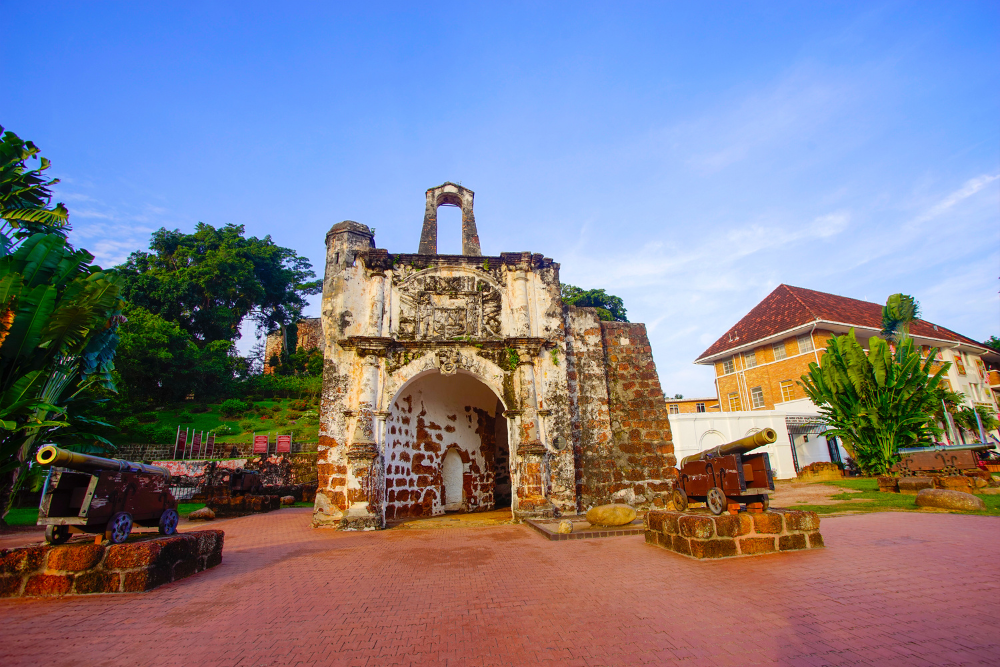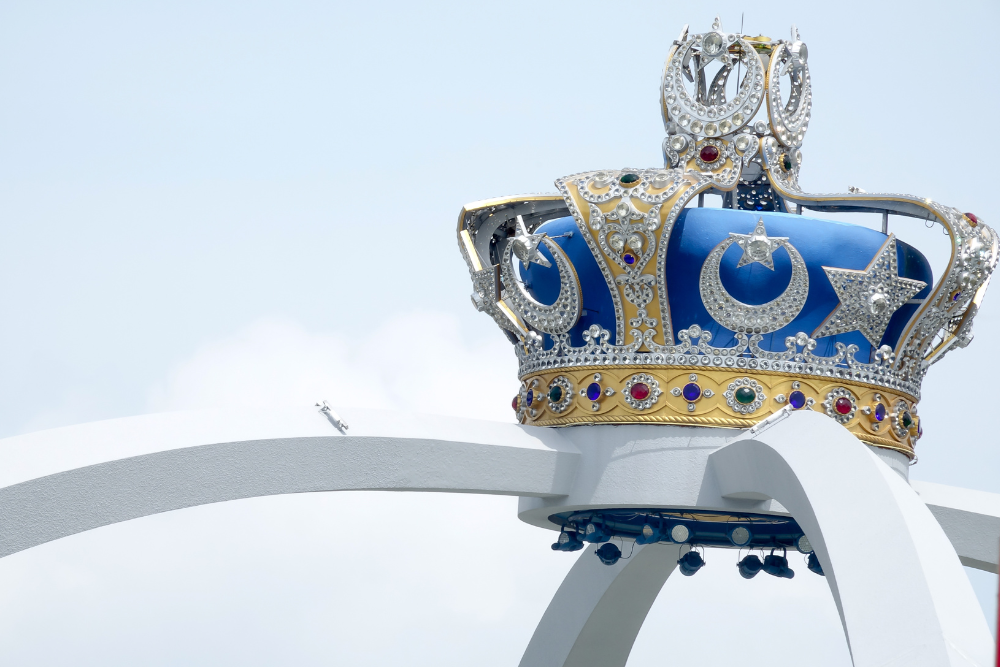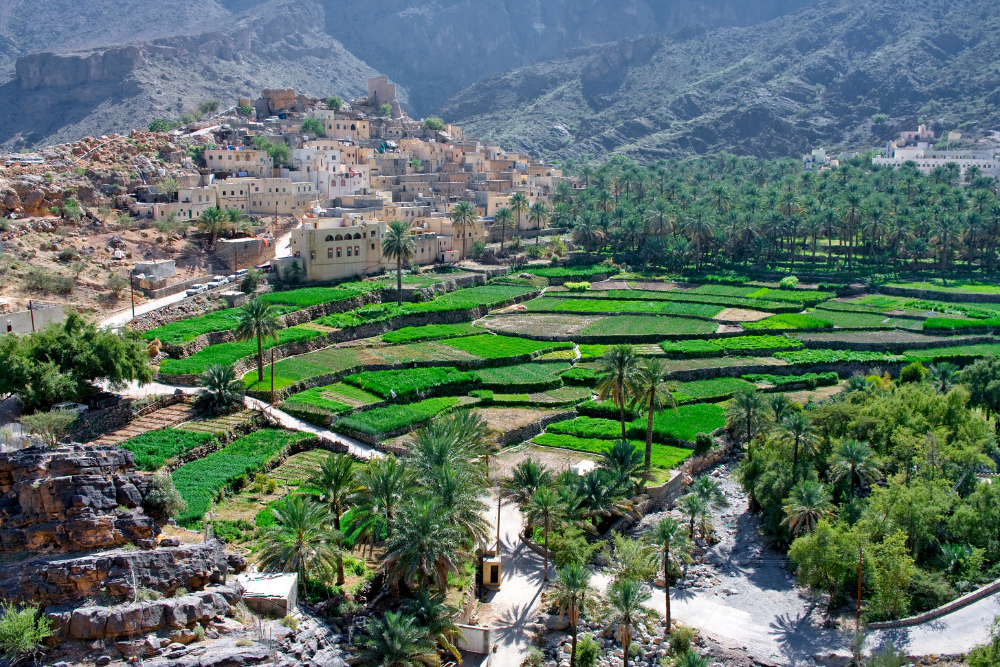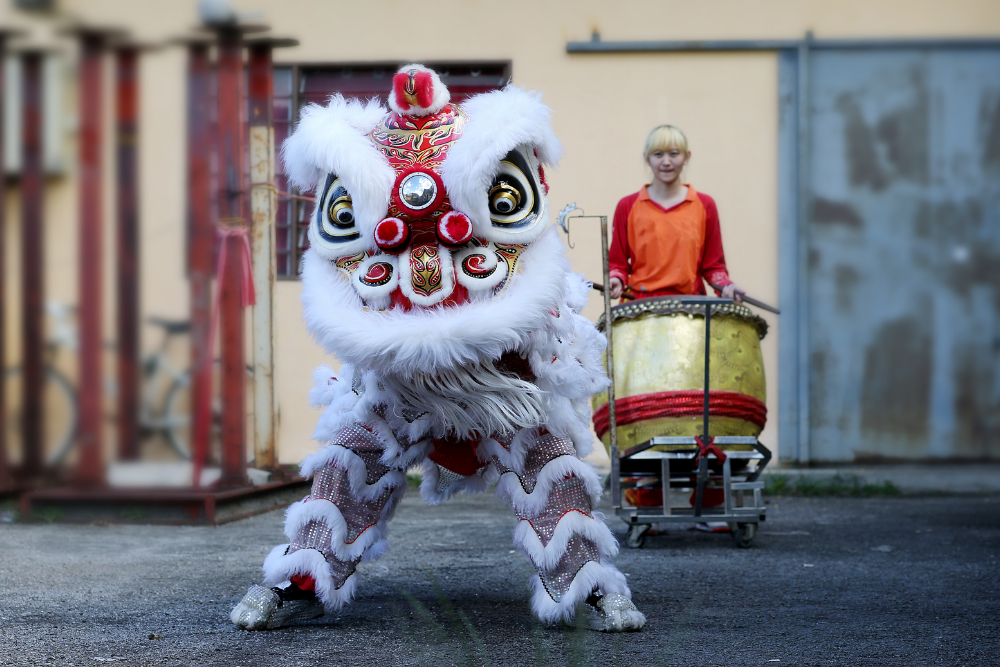The history of Malaysia’s Sultanates is a rich tapestry of diverse cultures, influences, and political structures that have shaped the nation over centuries. From the early days of the Malacca Sultanate to the present-day states ruled by sultans, the sultanates have played a pivotal role in shaping Malaysia’s history, culture, and identity.
Malaysia is unique in that it retains a system of monarchy, with nine states still under the rule of hereditary sultans. These monarchs hold considerable cultural and ceremonial significance, and their histories reflect the evolution of power, trade, religion, and society across the Malay Archipelago. Let’s explore the fascinating history of Malaysia’s Sultanates and how they have influenced the country’s development.
1. The Malacca Sultanate (1400 – 1511)
The story of Malaysia’s sultanates begins with the Malacca Sultanate, one of the most important and powerful empires in Southeast Asia. Founded around 1400 by Parameswara, a Malay prince who converted to Islam and took the name Sultan Iskandar Shah, the Malacca Sultanate quickly grew into a flourishing trade empire. Its strategic location on the Strait of Malacca made it a crucial hub for trade between China, India, the Middle East, and Southeast Asia.
Under the leadership of Sultan Mansur Shah (1456-1477) and other powerful rulers, Malacca became a center for Islamic learning and culture, significantly influencing the spread of Islam throughout the region. The Sultanate’s power was also boosted by its strong navy and diplomatic alliances with powerful kingdoms, such as the Ottoman Empire and China.
The Sultanate was known for its cosmopolitan character, where Muslim, Hindu, Chinese, and other cultural influences coexisted. Malacca’s golden age came to a tragic end in 1511 when it fell to the Portuguese under Afonso de Albuquerque, who conquered the city and effectively ended the Malacca Sultanate’s reign. However, the Sultanate’s cultural and religious influence endured long after its fall, leaving a lasting legacy on Malaysia’s history.
2. The Johor Sultanate (1528 – Present)
Following the fall of Malacca, many of its former rulers and courtiers fled south and established the Johor Sultanate in 1528. The Johor Sultanate, with its capital at Johor Lama (later moved to Johor Bahru), became the new power center in the Malay Peninsula. It inherited much of the Malacca Sultanate’s culture, political structure, and economic strength.
Under Sultan Alauddin Riayat Shah (1549-1564), Johor enjoyed periods of prosperity and military success, and it became a strong regional force, often engaging in battles with neighboring kingdoms like Aceh and the Portuguese. Over the centuries, the Johor Sultanate went through various phases of decline and revival, at times being under Portuguese, Dutch, and British influence.
The modern Sultanate of Johor, though more symbolic today, remains a significant entity in Malaysia. It was instrumental in the founding of the Federation of Malaya in 1957, and Sultan Ibrahim Ismail, the current ruler of Johor, continues to hold a prominent role in the state and nation.
3. The Perak Sultanate (1528 – Present)
The Perak Sultanate, one of Malaysia’s oldest sultanates, traces its origins to Sultan Muzaffar Shah in the early 16th century. Perak, rich in tin resources, became a prosperous state and an important player in the regional trade network. The Sultanate’s wealth attracted the attention of European powers, including the Portuguese and the Dutch.
The Perak Sultanate’s history has been marked by internal struggles, with frequent power struggles between rival factions. One of the most significant events in the history of Perak was the Perak War (1875-1876), a conflict between the British colonial administration and the forces loyal to the Sultan, which resulted in British control over the state’s administration.
Despite colonial influence, the Perak Sultanate continues to exist as one of Malaysia’s nine royal states. Sultan Nazrin Shah, the current Sultan, is well-regarded for his advocacy of education, social development, and interfaith dialogue.
4. The Kedah Sultanate (1136 – Present)
The Sultanate of Kedah is one of the oldest and longest-surviving Sultanates in Malaysia, dating back to the 12th century. Located in the northern part of the Peninsula, Kedah was known for its fertile rice fields and strategic position on the maritime trade routes.
Kedah’s history is intertwined with both local and foreign influences. The Sultanate was heavily influenced by the Srivijaya Empire and later the Siamese (Thai) Kingdom. In the 18th century, Kedah became a vassal of Siam, and it wasn’t until the early 20th century that British colonial forces took control of the region. However, the Sultan of Kedah retained considerable influence and was later incorporated into the Federation of Malaya.
The Sultan of Kedah, Sultan Sallehuddin, remains the constitutional monarch of the state, serving as an important symbol of Kedah’s cultural heritage and identity.
5. The Pahang Sultanate (1470 – Present)
The Sultanate of Pahang, located on the eastern side of the Malay Peninsula, was founded in the late 15th century and rose to prominence as a major power in the region. Pahang’s strategic location along the South China Sea made it an important trading hub.
Throughout its history, the Pahang Sultanate has experienced periods of conflict with neighboring sultanates, as well as with colonial powers. In the 19th century, the British East India Company sought to exert control over the region, and Sultan Ahmad al-Mu’azzam Shah of Pahang became a significant figure during this time.
Today, the Sultan of Pahang, Sultan Abdullah, plays an important role not only as the ruler of his state but also as the Yang di-Pertuan Agong, the King of Malaysia, having been elected as Malaysia’s 16th King in 2019. His election was a historic moment, underscoring the enduring relevance of Malaysia’s sultanates.
6. The Selangor Sultanate (1745 – Present)
The Selangor Sultanate was founded in the mid-18th century and quickly grew into a powerful state, benefiting from its proximity to the Straits of Malacca and its abundant natural resources, including tin and rubber. Selangor’s Sultanate has long been an important political and economic force in Malaysia.
The Sultan of Selangor played a prominent role in the establishment of Malaya’s Federation and the creation of modern Malaysia. Sultan Sharafuddin Idris Shah, the current Sultan, is a respected figure, and Selangor remains one of Malaysia’s most developed states, both economically and socially.
7. Other Sultanates in Malaysia
In addition to Johor, Perak, Kedah, Pahang, and Selangor, Malaysia is home to other royal states, including Negeri Sembilan, Terengganu, Kelantan, Perlis, and Melaka (although Melaka no longer has a ruling Sultan). Each of these sultanates has its own unique history, with varying degrees of influence in the political and economic affairs of Malaysia.
The Role of Sultanates Today
Today, Malaysia’s Sultanates continue to play a significant role in the country’s monarchy system. While the Yang di-Pertuan Agong (King) of Malaysia is elected every five years from among the nine sultans, each sultan retains considerable authority within their state, especially in matters related to religion, culture, and state affairs.
The sultans are also symbols of unity and continuity, preserving the traditions, customs, and values of their people. Their roles are largely ceremonial, but they serve as vital links to Malaysia’s past and cultural identity.
Conclusion
The history of Malaysia’s Sultanates is a fascinating tale of power, cultural exchange, and resilience. From the rise of the Malacca Sultanate to the modern-day monarchy, the sultanates have shaped the political, social, and cultural landscape of Malaysia. While the role of the sultans has evolved over time, their enduring presence serves as a reminder of the deep-rooted traditions that continue to influence Malaysia’s identity as a nation.












